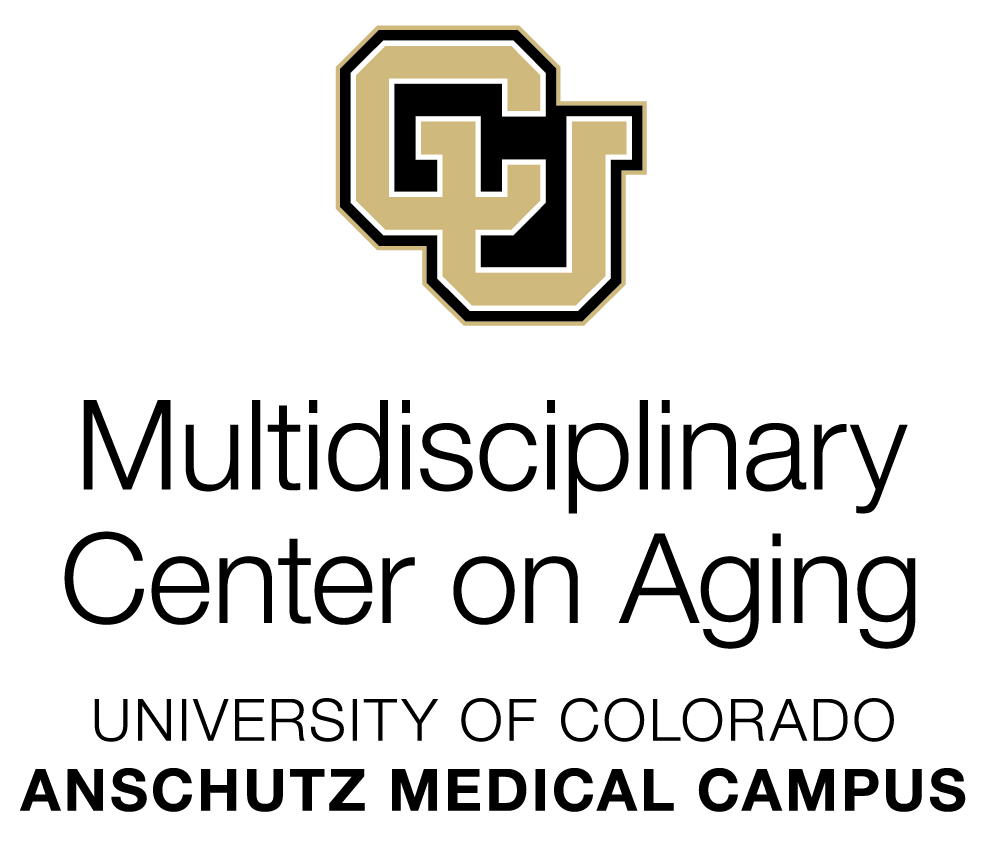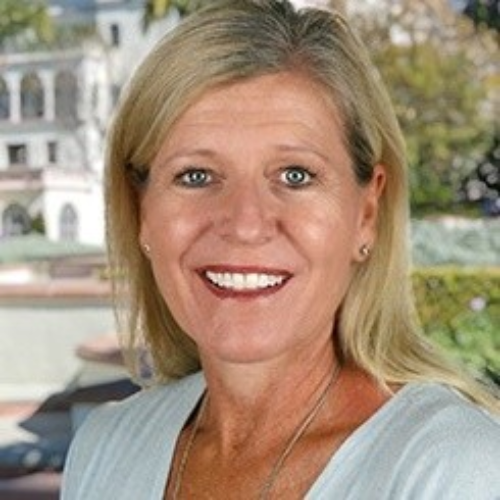About Us
Education. Engagement. Research. Age-Friendly.
Welcome to the Multidisciplinary Center on Aging, the CU Anschutz campus hub for all things related to education, research and community outreach in aging and geriatric medicine.
Our Mission
The CU Anschutz Center on Aging is dedicated to advancing the health and well-being of older adults through innovative research, community outreach, and education. As the central resource on the Anschutz Medical Campus for aging and longevity, our mission is to foster interdisciplinary collaboration that drives discoveries in aging science, enhances quality of life, and promotes healthy aging. We are committed to empowering individuals and communities with the knowledge and resources needed to thrive across the lifespan, while supporting groundbreaking research that leads to improved care, treatments, and policies for aging populations.

Meet the MCoA Team
